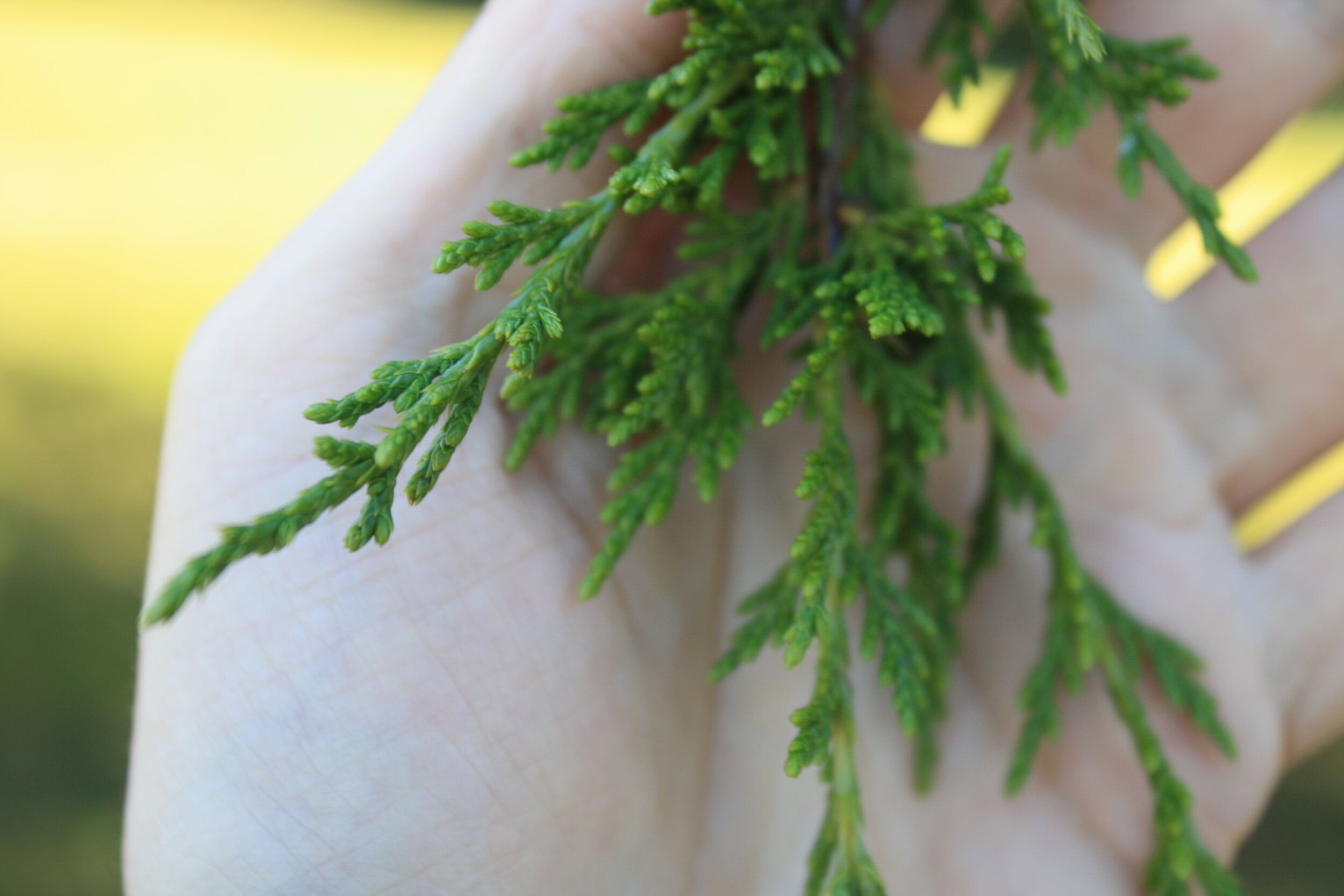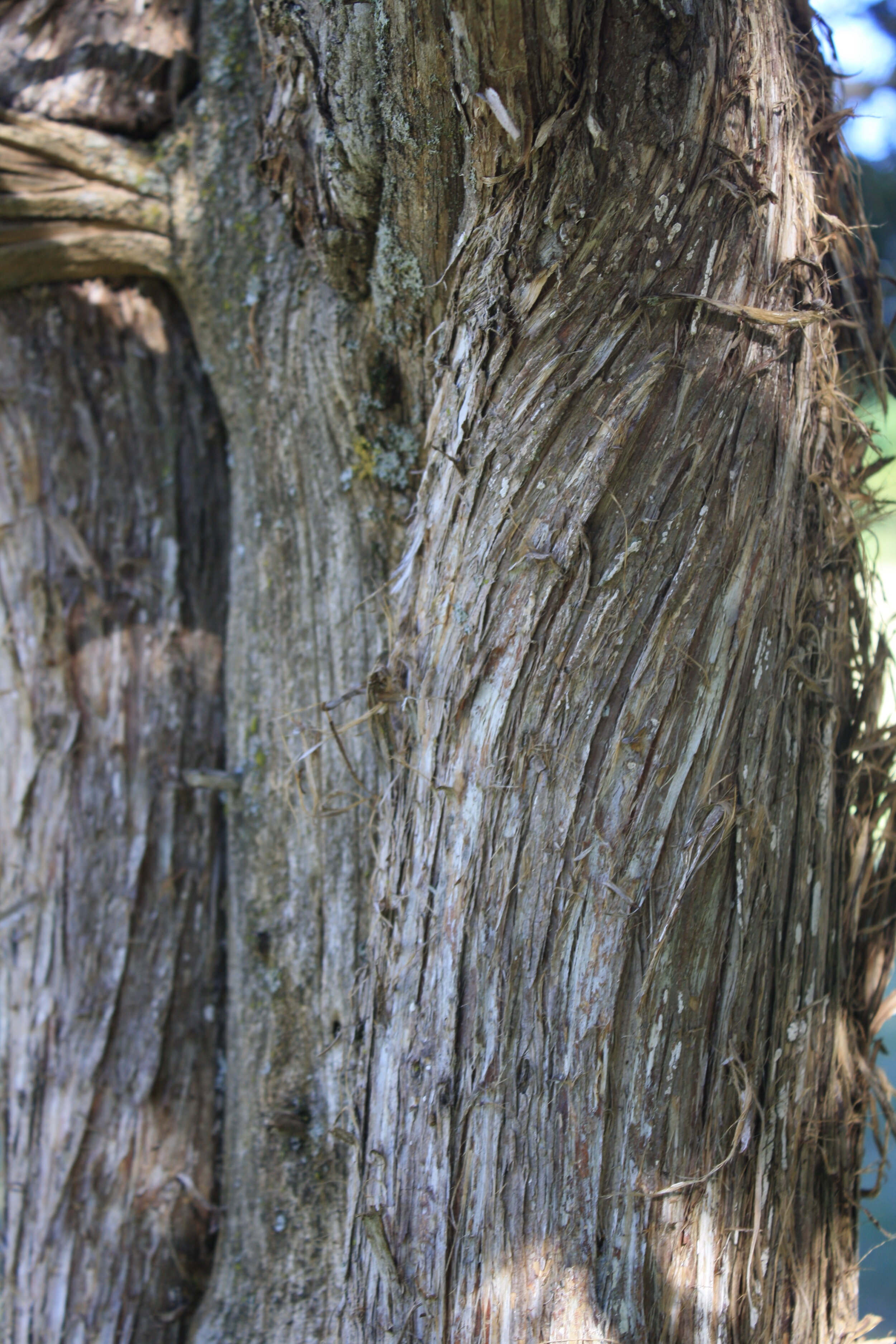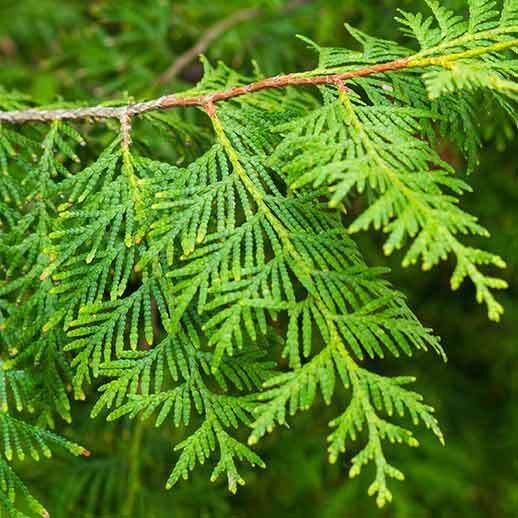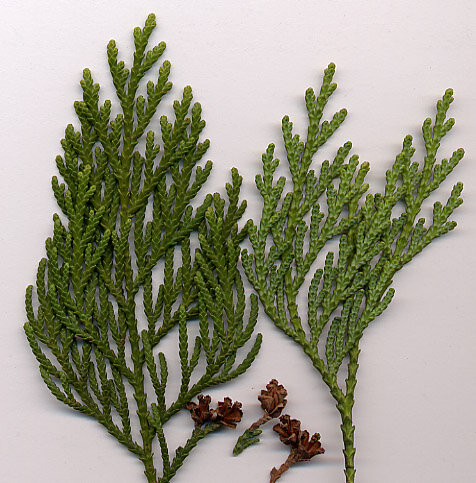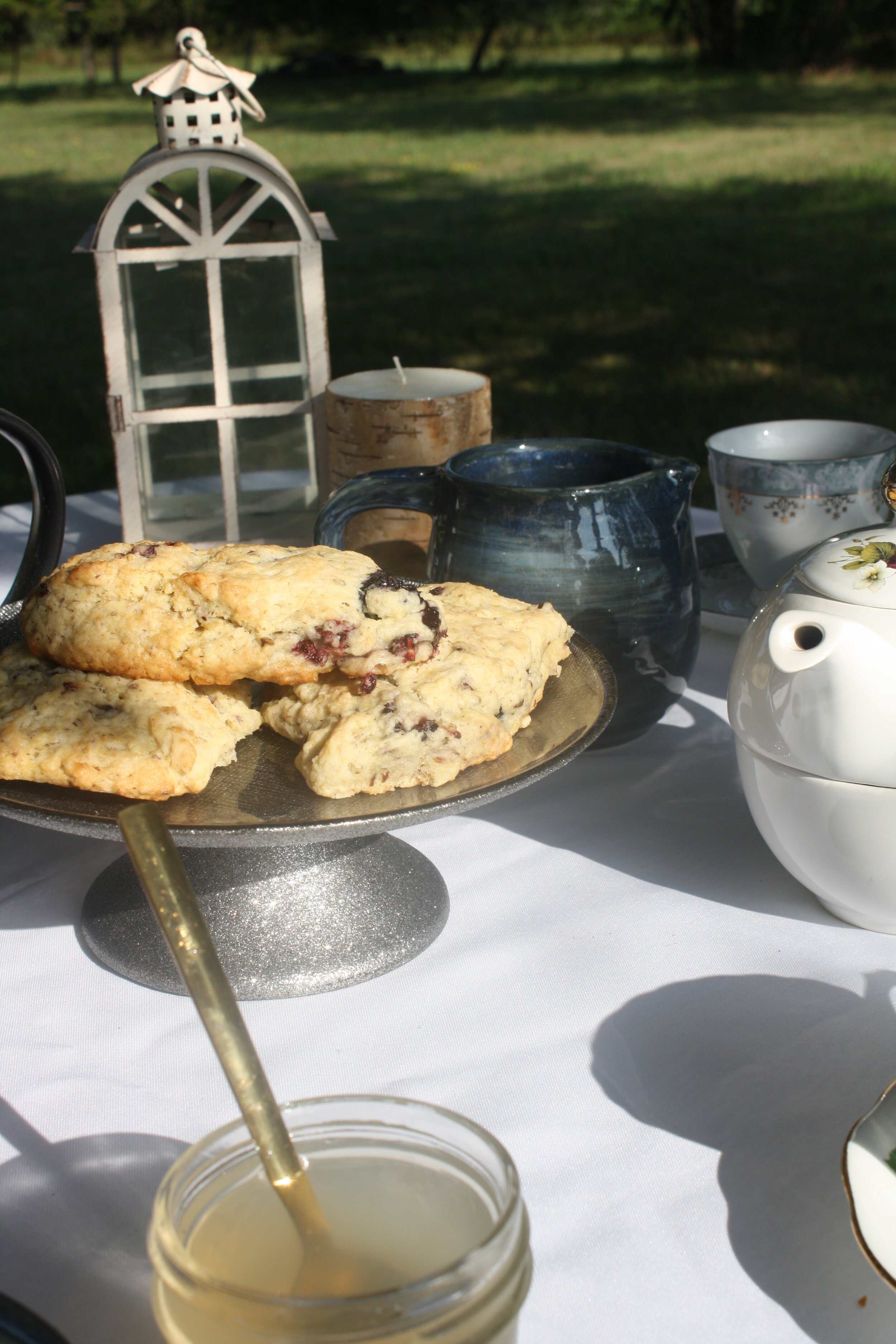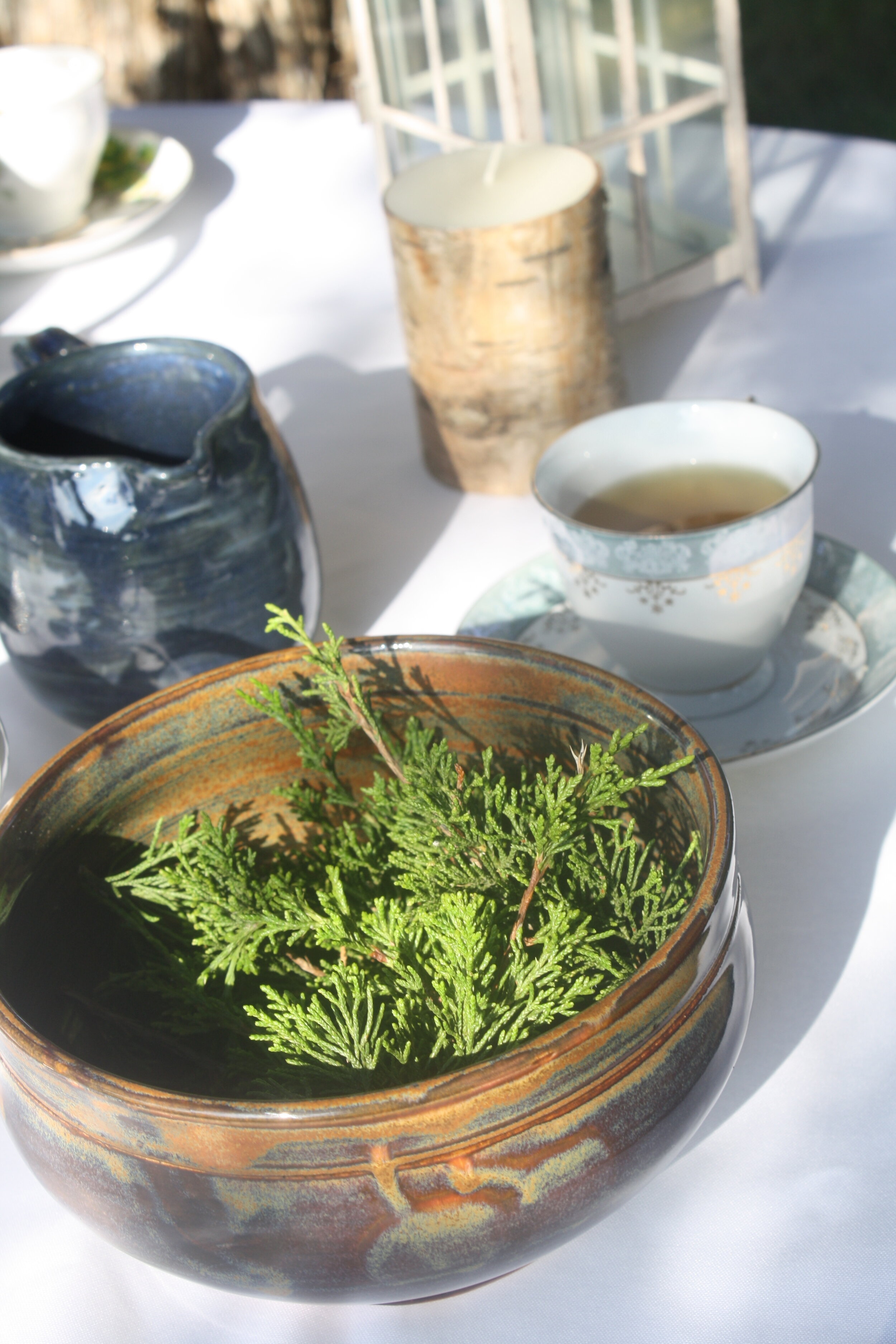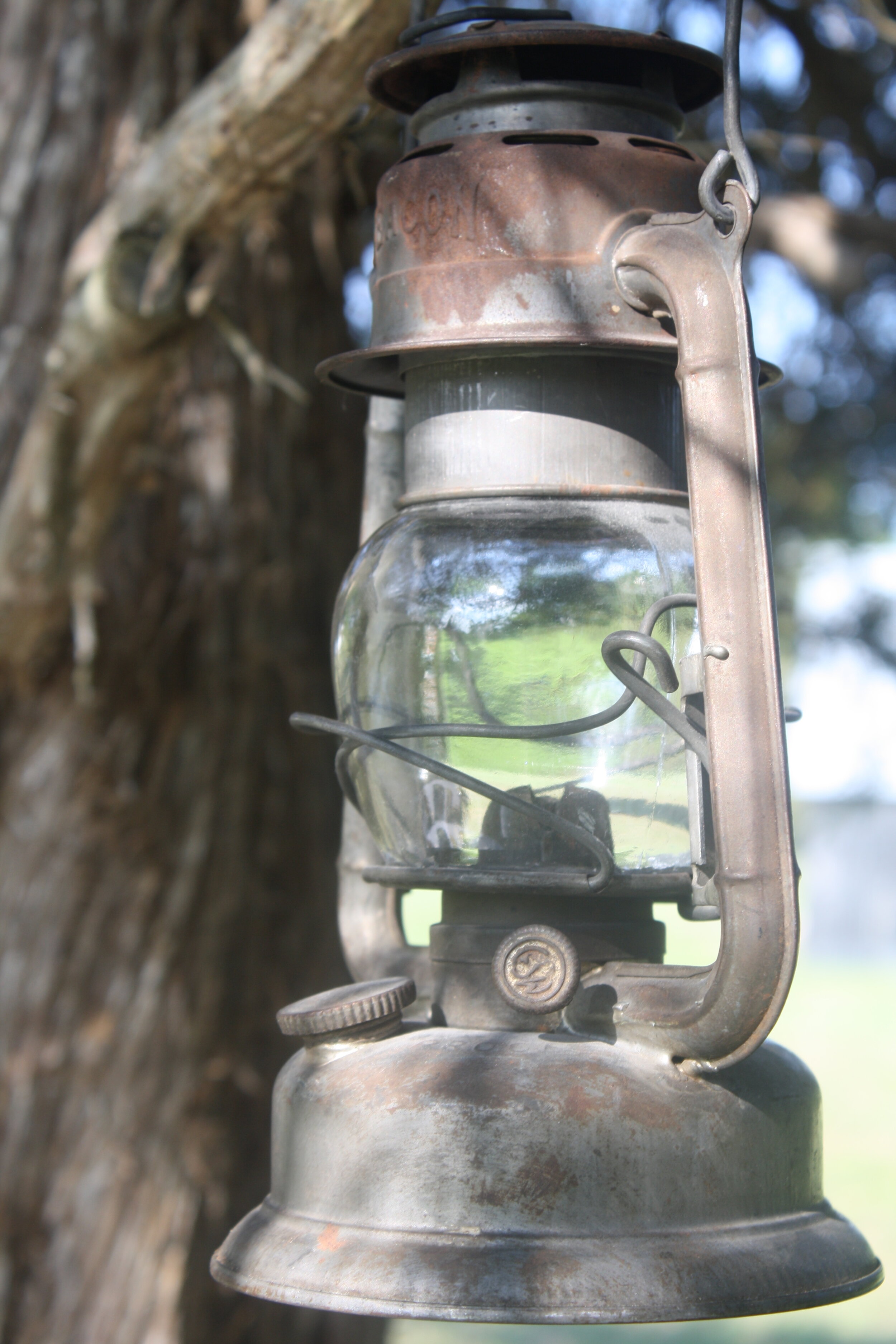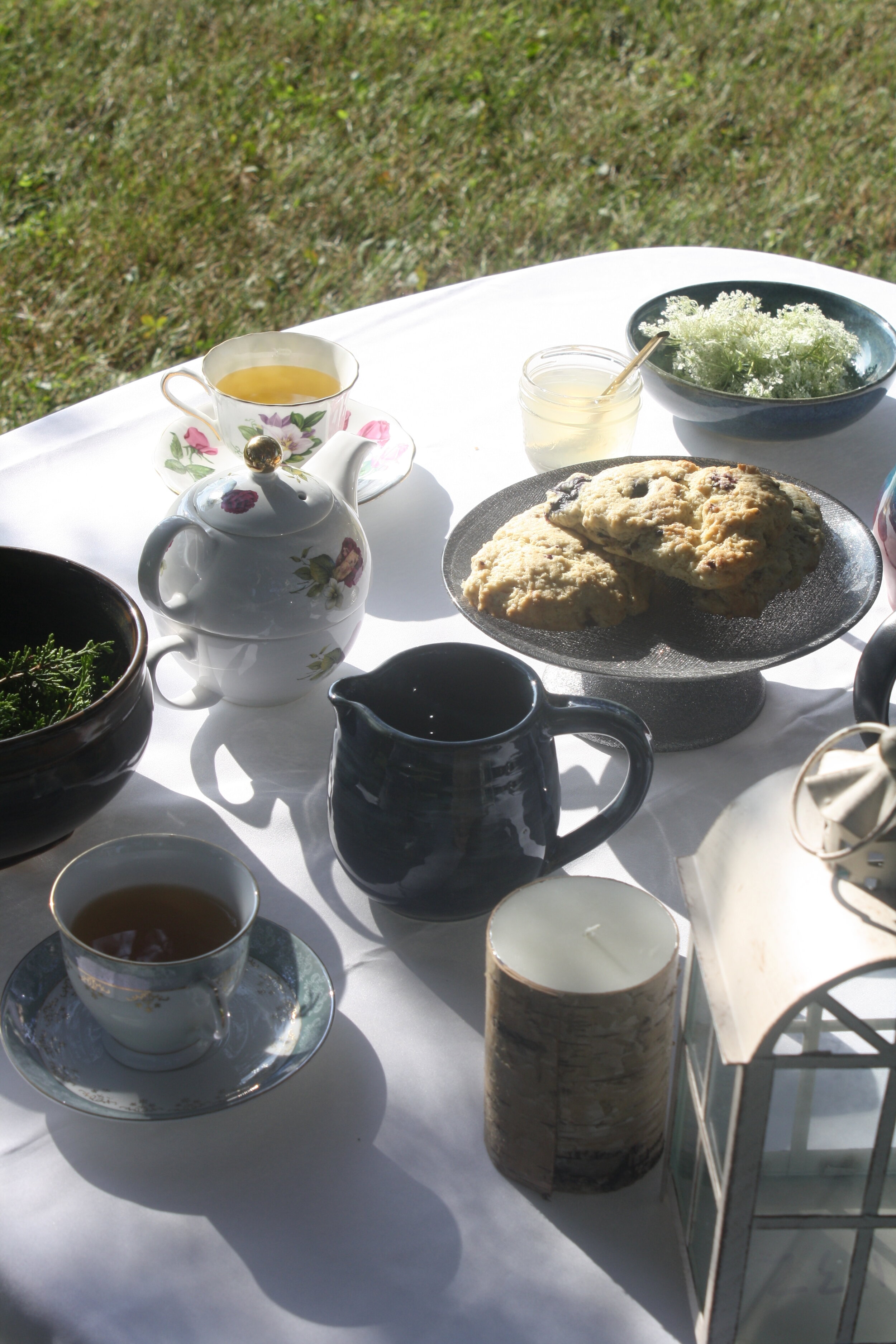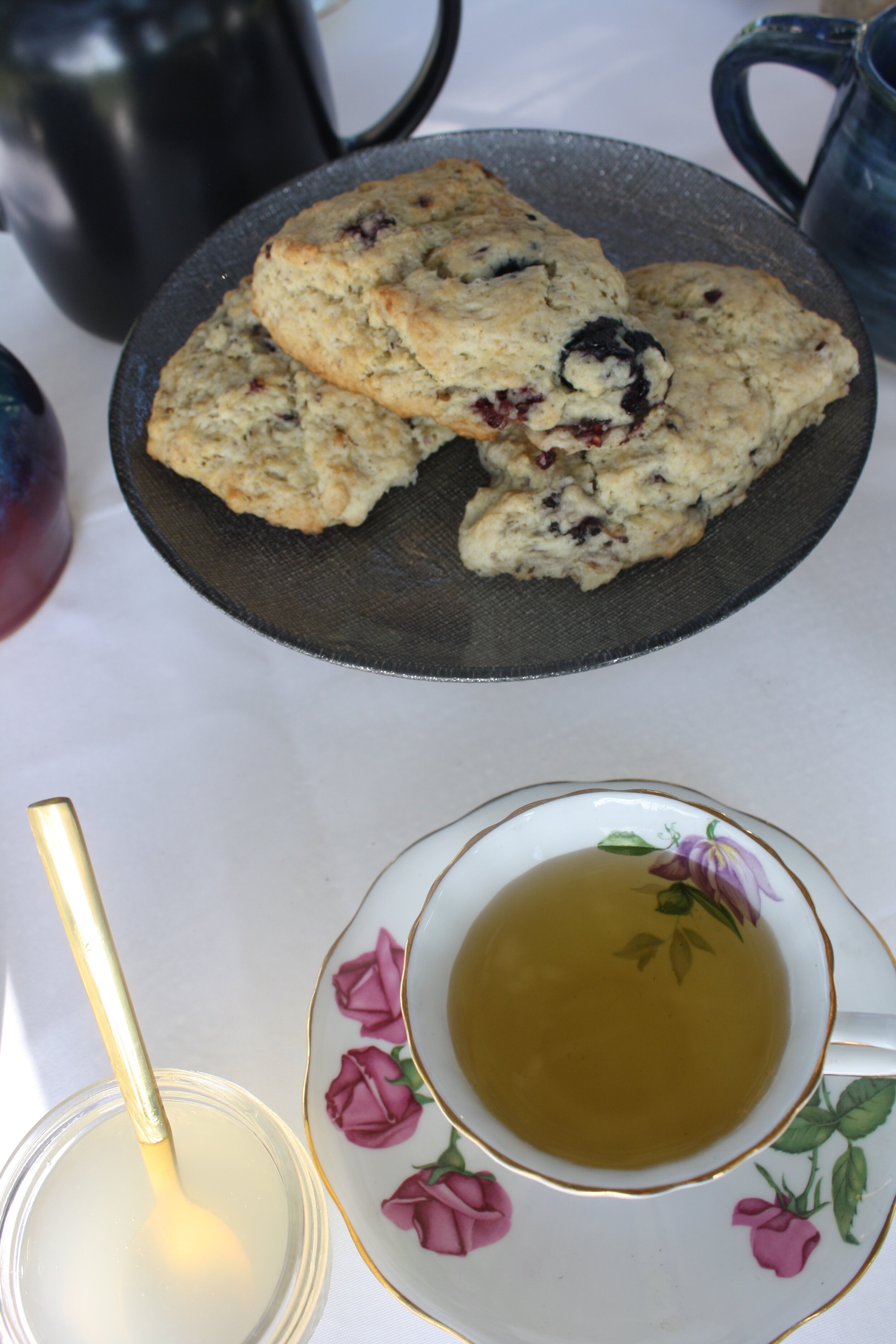Wild & Whimsy Activity #3
Foraging Tea Party
Kids and adults alike love a good tea party.
Whether it is drinking from fancy teacup and saucers, the finger foods, or the special occasion to dress up- it sure is a time to be cherished by all!
This is no ordinary tea party here at Batawa this summer- we took it one step further to incorporate foraging into this activity. In this post, we will be sharing our recipes and discuss safety information that you need to know if you and your family are interested in the foraging aspect of this activity.
Before you Forage
Many people use hedgerow and woodland areas as a starting point when foraging foods for the vast array of edible and medicinal plants that can be found in these areas. If you know what to look for and how to use certain plants, you can make soups, stews, jam, and tea. Before one can forage, they need to know how to identify edible plants, where they grow, and what parts of the plant are edible. For instance, eating a potato is safe for most people but the potato roots are toxic to humans.
Foraging should ONLY be done with an adult. Of course children can join in and be a part of the fun, but they should be taught to never eat something from the forest unless they have had it approved by an adult who is educated in foraging. Many plants look alike and the biggest risk is accidentally eating a poisonous plant. We learned the 3 sources rule- if someone tells you that a plant is edible, you should consult 3 highly credible sources before you can eat or consume this plant. Where do I find a credible source you ask??? Well we found a few websites & a book that are helpful starting points when identifying edible plants:
1. “15 Wild Plants You Can Eat” by Outdoor Canada (https://www.outdoorcanada.ca/15-wild-plants-you-can-eat/)
2. “Northern Forest Foraging Guide” by Ontario Nature (https://ontarionature.org/wp-content/uploads/2018/03/Ontario_Nature_Forest_Foraging_Guide_official.pdf)
3. “Edible and Medicinal Plants of Canada”, Paperback, written by Andy MacKinnon, Linda Kershaw, and John Arnason
That means even the information you find in this blog post needs to be corroborated by credible sources. The information we have provided is not a substitute for medical advice. Our priority is ensuring you can remain safe while having fun foraging with your family.
Michael Runtz on a guided nature walk in Batawa
Summer 2015
Cedar Tea
Cedar is a sacred tree in many Indigenous communities and has been used for centuries for its medicinal properties. It has been used to treat fevers, chest colds, and flus. The cedar needles contain extremely high levels of vitamin C which is why it has been used for the listed aliments.
A common mistake occurs when identifying cedar trees as spruce trees look very similar (spruce needles are also used to make tea). A cedar tree’s foliage is soft and fern like, with a very distinctive fragrance. Cedar tree bark is a brown-reddish colour and can be green when the tree is young. The bark is made up of long, fibrous scales that tend to peel away. The cone shape and size depends on the type of Cedar tree (Eastern, Western, or Atlantic), but they are smaller than a pine cone.
(Pictured above: Top Row Eastern Red Cedar, Bottom Row Eastern White Cedar - the yummiest!.)
Ingredients:
-2 cups fresh cut cedar
-4 cups water
-maple syrup (optional)
Instructions:
Thoroughly clean cedar pieces.
In a large pot boil water.
Add the full 2 cups of cedar.
Boil for 10 minutes or until the water is golden in colour.
Strain tea using a fine mesh strainer into a small pot or bowl.
Let tea cool and enjoy.
Recipe makes 4 servings. It is recommended to not exceed 3 cups of cedar tea per week.
Dandelion Tea
Dandelions are a versatile herb that many people think are just an annoying weed that grow on their lawn. As the distinct yellow flower dies off, the plant is left with a fluffy seed head. It has jagged green leaves and usually grows in meadows, lawns, or gardens. Some forages eat dandelion leaves as part of leafy greens in their diet.
Dandelions leaves and flowers contain vitamins A, C, and K and are also a good source of calcium, potassium, and iron.
Ingredients:
-½ cup dandelions (all parts-flowers, stems, leaves, and roots)
-4 cups boiled water
Instructions:
Thoroughly clean dandelions.
Boil water.
Place dandelion pieces into a large pot or a glass/ceramic container.
Carefully pour boiling water over dandelions.
Cover with a lid and steep for at least 20 minutes.
Recipe makes 4 servings. It is recommended to not exceed 1 cup of dandelion tea per day.
Queen Anne’s Lace Jelly
Queen Anne’s Lace is a wild herb that has a root that smells similar to a carrot giving it the name of “Wild Carrot”. It can grow from 3-4’ tall between May to October in North America. This plant has a white umbrella-shaped flower cluster at the top with one or more additional hairy hollow stems. It is actually considered an invasive species as it takes over agricultural land.
In terms of health benefits, there is not much research completed as of yet but some scientists claim that Queen Anne’s Lace is good for digestion. Many who forage this plant are more attracted to the look and taste of the plant itself!
Ingredients:
-2 cups of fresh Queen Anne’s Lace flowers
-4 cups of water
-¼ cup lemon juice
-1 package powdered pectin
-1 and ½ cups plus 2 tbsp sugar
Instructions:
Thoroughly clean flowers. Set aside.
In a large pot bring the water to a boil. Remove from heat and let cool for 5 minutes.
Add flower heads into the pot ensuring they are fully covered in water. Put the lid on and steep for 30 minutes.
Using a fine mesh strainer, strain the liquid into another pot or bowl. Measure 3 cups of the strained liquid and add to a pot.
Add lemon juice and pectin and stir constantly while bringing to a rolling boil.
Add sugar and continue stirring.
Bring back to rolling boil and cook for 1 minute longer or until thickened. Remove from heat and skim the top to get rid of excess bubbles.
If not eating right away, pour into a sterilized jar leaving ¼” space at the top. Process in a hot water bath for 5 minutes to preserve.
Recipe makes about 3 cups of jelly.
Wild Berry Scones
Wild berries come in many shapes, colours, and sizes. The trick is to know which ones are edible and which ones are not. Similar to berries you can buy at the grocery store, wild berries are loaded with antioxidants, vitamins and minerals. Humans have been foraging wild berries since the beginning of time really and there is a lot of history to be learned from the plants that grow these delicious berries.
There are just so many species of wild berries that we can’t list them all, but the 2 we found to use in this recipe are wild black and red raspberries. They are grown on a shrub that can be 2-3 metres tall with prickly shoots. The fruit is round shaped about 12-15 mm in diameter and can be a black or bright red colour.
Interestingly, these berries have been used by Indigenous communities not just for their health benefits, but also for their ability to dye fabrics bright colours.
Check out this forager’s guide for a big list of edible berries and how you can use them: https://practicalselfreliance.com/edible-wild-berries-fruits/
Wild Black (Black Caps) & Red Raspberries
Ingredients:
Scones-
- 2 cups all purpose flour
-1 tbsp baking powder
-1 tbsp ground flaxseeds
-½ tsp salt
-½ cup granulated sugar
-8 tbsp cold butter (can use vegan butter)
-¾ cup non-dairy milk
-1 tsp pure vanilla extract
-¾ to 1 cup wild berries
-lemon zest from 1 lemon (optional)
Glaze-
-1 cup powdered sugar
-2 tbsp non-dairy milk
-½ tsp pure vanilla extract
Instructions:
Rinse berries well under cold water. Set aside.
Preheat oven to 400 degrees F and line a large baking sheet with parchment paper.
In a large bowl, whisk together the flour, baking powder, ground flaxseeds, salt, and sugar.
Add the butter, and use a pastry cutter or your hands to work the butter into the dry ingredients. It should resemble a course crumb.
Pour in the milk and vanilla, and stir until just combined. Gently fold in the berries.
On a lightly floured surface, knead the dough a few times until it comes together. Flatten the dough with your hands (lightly flour your hands if sticky). Flatten into a circle 1 inch thick.
Using a pizza cutter or large knife, carefully cut it like you would a pizza into 8 pieces.
Place the scones onto the prepared baking sheet and bake for 22-26 minutes, until lightly golden brown on top. Let cool for 5 minutes before serving or cool completely if using glaze.
To make glaze:
Combine the powdered sugar, milk, and vanilla in a small bowl and whisk until smooth.
Drizzle glaze onto each scone. Let the glaze set before serving.
Adapted from: www.noracooks.com/vegan-blueberry-scones
Tea Time!
Take time to enjoy your tea and some treats as well as some friendly conversations.
Running out of things to talk about over tea? Here’s a list of 101 conversation starters!




